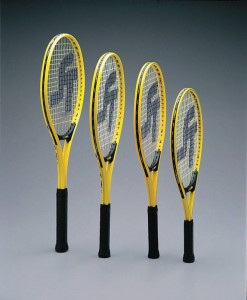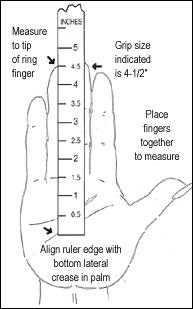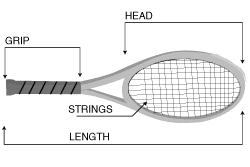Choosing a Suitable Tennis Racquet
One of the first steps in playing tennis is selecting the most appropriate tennis racquet for you. Here are the five important things to remember when choosing a tennis racquet.
Call us +65-8368-7277 or fill in the Form~we will help you arrange a Tennis coach
1. Head Size
First, you need to decide for the size of the tennis racquet’s head. Head sizes vary from 85 to 135 square inches. So how do you know the proper head size for you? Well, you have to choose between these two main aspects in playing tennis – power or control. With regards to head size, the rules of thumb are:
The bigger the head size, the greater is the power. But the bigger the head size, the lesser is the control. If you are a starter or an intermediate player, your goal is to play with greater power. On the other hand, control is your goal if you are already a skilled player.
2. Weight
Balance is very important in tennis, so your tennis racquet must bear a weight that’s ideal for you to achieve the balance you need to swing it properly. In terms of the weight of tennis racquets, the rules of thumb are:
The heavier the racquet, the greater is the power and stability. But the lighter the racquet, the greater is the control.
However, as with all rules, there are exceptions to this. Manufacturers of tennis racquets come with innovative ideas on making racquets lighter without having to sacrifice both power and stability. As with head size and length, you may determine whether a head-heavy, head-light or evenly balanced is ideal for you based on your stage of learning (beginner, intermediate or skilled).
3. Length
 Tennis racquets are available in varying lengths, 27 inches (68.58 cm) being the shortest ( also the standard length) and 29 inches (73.66cm) being the longest. Here’s the rule of thumb when choosing a tennis racquet in terms of length:
Tennis racquets are available in varying lengths, 27 inches (68.58 cm) being the shortest ( also the standard length) and 29 inches (73.66cm) being the longest. Here’s the rule of thumb when choosing a tennis racquet in terms of length:
The longer the racquet, the farther is its reach.
It is advisable for beginners to use a tennis racquet with a standard length 27 inches (68.58 cm) first for better control. Afterwards, you may opt for a longer tennis racquet to have farther reach on ground strokes.
Michael Chang, the winner of the French Open in 1989 uses longer racquet as compared to his peers to have the extra edge over his competitor.
4. Grip
The handle system or “grip” of a tennis racquet needs to be checked for greater comfort when playing. Many racquet manufacturers devise their own technologies in order to improve the comfort level of racquets with little or no increase in weight. To do this, they usually include a shock absorbing system and/or a vibration dampening system. When purchasing a racquet, check out its shock absorption and other related features.
 The grip size is referred to as the handle and the grip’s circumference, which is located 2 to 3 inches above the butt cap. Grip sizes are from 4 inches (smallest) to 4 ¾ inches (biggest), with the grips’ increment at 1/8 in. (i.e. 4 in., then 4 1/8 in., then 4 1/4 in. and so on until 4 3/4) in.)
The grip size is referred to as the handle and the grip’s circumference, which is located 2 to 3 inches above the butt cap. Grip sizes are from 4 inches (smallest) to 4 ¾ inches (biggest), with the grips’ increment at 1/8 in. (i.e. 4 in., then 4 1/8 in., then 4 1/4 in. and so on until 4 3/4) in.)
To determine the correct grip size for you, follow the simple method developed by Robert Nirschi MD. Get a ruler and measure the length between the second lateral palm line of your playing hand up to the tip of your ring finger, just like in the illustration below:

5. Stiffness
One of the most overlooked factors when choosing a tennis racquet, the stiffness of the frame is an important aspect that influences the power potential of a ball. Here’s the rule of thumb for frame stiffness:
The more flexible the racquet, the more energy is lost from the ball.
What does this mean? This signifies that a flexible racquet does not return a ball with a greater power, a myth that is believed by many players worldwide. The truth is the frame absorbs the energy from the ball. And so, a stiffer frame is better as it will absorb less power from the ball, sending a more powerful ball to the opponent’s side than a flexible frame.



